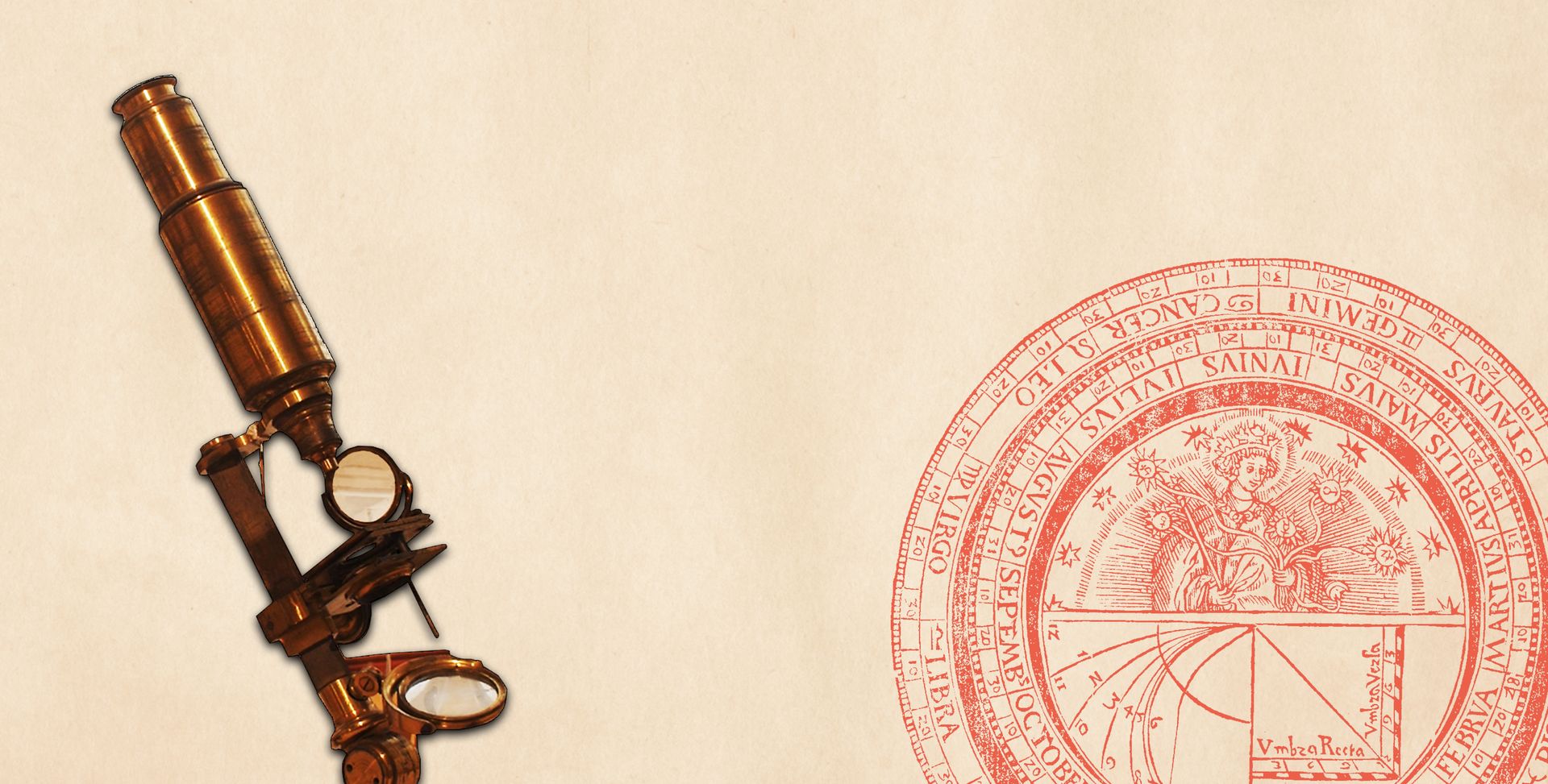Throughout human history, people have tried to make sense of infectious diseases: Why did I get sick? Is something in my environment hurting me? How do diseases move from person to person? How do I get well? Going Viral examined the intersection of disease and environment through the lens of three major theories of infection—humoral, miasma, and germs—and encourages visitors to ask themselves: what’s making me sick?
Going Viral: Infection through the Ages Virtual Tour
Going Viral examined the intersection of disease and environment through the lens of three major theories of infection—humoral, miasma, and germs—and encourages visitors to ask themselves: what’s making me sick? Join Museum Curator Anna Dhody and former Archivist Chrissie Perella for a virtual tour of this fascinating past exhibit.

How do you catch a cold?
From the weather? Who touched that doorknob before you? Did you forget to wear a hat in the winter? Was it something in the air? Many sources influence your ideas about the causes of illness: “old wives” tales, social media, celebrities, a physician’s advice. You are not unique; people have always combined tradition, experience, and stories to try and make sense of the link between their environment and what is going on in their bodies.
Going Viral invites you to explore three theories—humoral, miasma, and germ—that people have used to explain illness through the ages.
Is your body—or a comet—making you sick?
What is the Humoral Theory?
Your body is always making fluids—stomach juice, phlegm, blood—but it has started producing too much black bile, swelling the glands under your arms and in your neck. Why are your fluids, or “humors,” out of balance? Your body might be responding to something in the environment, such as an earthquake, an unusual planetary alignment, a comet, or an unseasonably warm winter. Did the comet trick your body into producing too much black bile? Did the warm weather combine with your hot blood to produce a fever? Whatever the cause, your plague is the natural result of an imbalance between your body and the environment. Is your nose runny because you have too much phlegm in your body?
A scented handkerchief might prevent the foul air from killing you.
What is the Miasma Theory?
Diseases afflict everyone in a particular neighborhood, but the victims do not have to know one another. So how is the disease spreading? Perhaps people are inhaling something noxious from the air. Is a cloud of disease-causing particles, or a “miasma,” drifting from house to house or sickening people in the street? You know that the smell of rotting garbage can turn your stomach, so it makes sense that something in those odors might be making people sick. It also helps to explain why so many cholera outbreaks begin in the smelliest parts of the city.
According to germ theory, you get sick because harmful “germs”—microorganisms such as bacteria and viruses—have invaded your body. So how does disease spread?
What is the Germ Theory?
If you get the measles, a virus from someone else’s body got into your body. Maybe that person coughed, spewing out a cloud of viral particles that can float in the air for up to two hours. Maybe she wiped her nose and then used the handrail right before you got on the trolley. Germ theory tells us that the real threat of disease comes not from an imbalance of fluids or poisonous air, but from the people all around us who are allowing their germ-filled excretions to contaminate the environment.
How do you catch a cold?
It’s not the changing weather or the cosmos that causes illness. It’s not the smelly garbage. It’s us: our dirty hands, our sick children, our coughs and sneezes. Did you wash your hands with soap today? Cover your mouth while you cough? Vaccinate your child?
